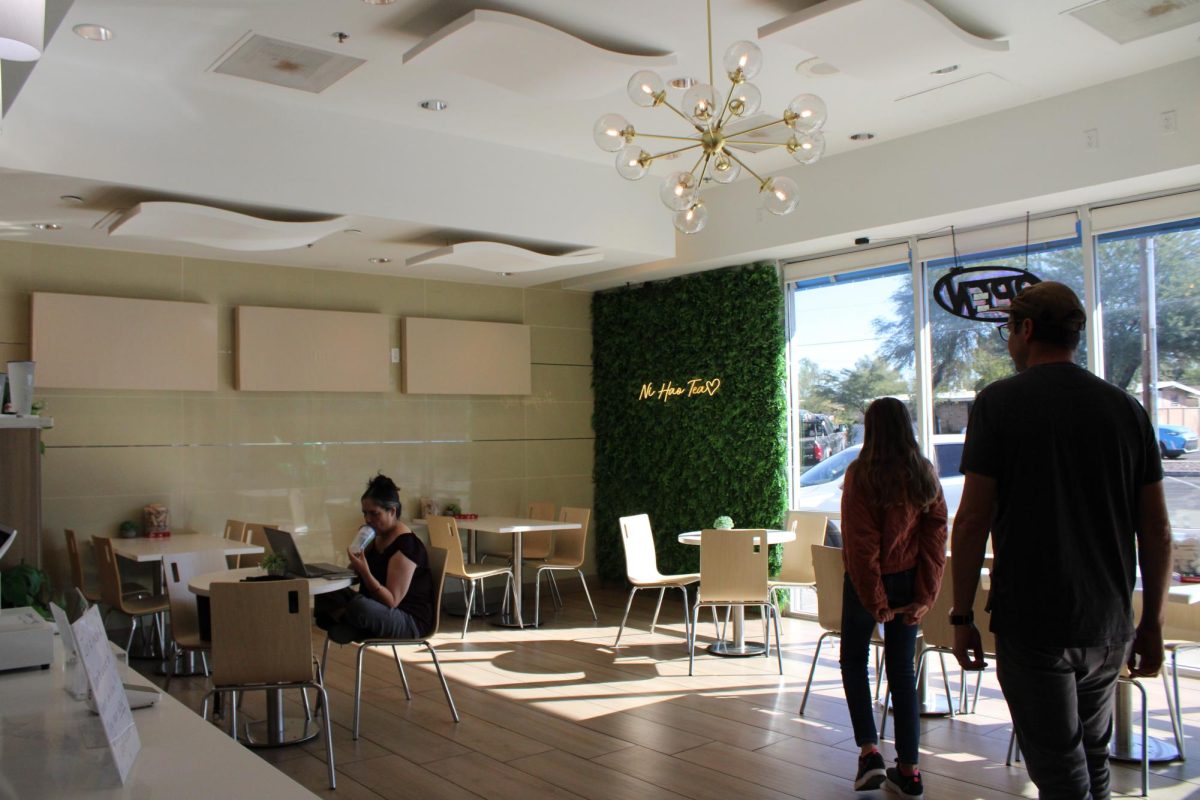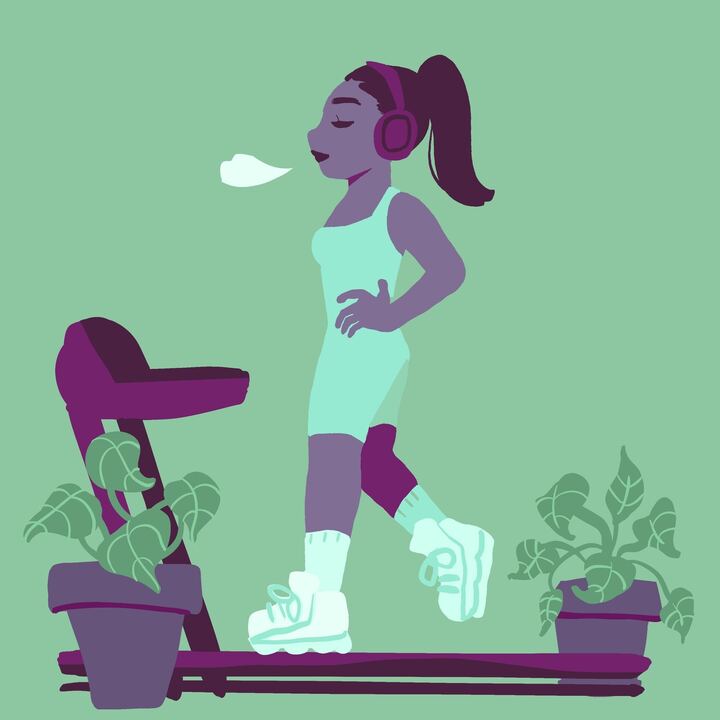
Recently, Alabama was the 37th state in the Union to approve gay marriage.
“This is excellent; homophobia is over!” people have begun saying, until they realize that, in 29 states, citizens can still be legally fired from their jobs for being gay or being perceived as gay. In 33, citizens can still be fired for their gender identity.
There are several issues more significant to the lesbian, gay, bisexual, transgender and questioning rights movement — from the genital mutilation of intersex people, homelessness among LGBTQ youth, access to health care, and the lack of comprehensive and LGBTQ-friendly sex education in schools.
So, why is marriage still considered the “keystone” issue of the LGBTQ movement by so many?
Let me introduce a little thing known as “homonormativity,” the idea that there is an “acceptable” way to be gay, and that way is to be white, male and upper middle class. Given that there are a bunch of people who are suffering in ways directly contradictory to this image, there is a problem here.
One can see visible evidence in transphobic gay “spokesperson” Dan Savage and, though I love them, “mainstream” gay couples like Ellen and Portia, or Neil Patrick Harris and David Burtka getting major media exposure, while the darker, poorer and more transgender sides of the LGBTQ community get left out.
We could even talk about how our own LGBTQ center leaves out Intersex and Asexual people from its name.
While the dialogue has been showing up more and more recently, the concept has been talked about since the 1990s by trans rights advocates angry that their issues have been getting buried.
This steamrolls other people who need help under a desire to be “acceptable.” News outlets and blogs such as Everyday Feminism who call this a “betrayal” of the radical roots of the LGBTQ movement could be dismissed as, well, radicals. But they have a point when so many LGBTQ people are suffering in ways the mainstream gay movement doesn’t touch.
Look at the case of Blake Brockington, a black transgender man who was disowned by his family and yet still managed to be a high achiever — an activist, model student and even homecoming king. But, despite all he accomplished, he ended up falling into despair and committingsuicide, like so many other trans people.
Or look at the case of Jennifer Gale, who was left to die in the cold by the Salvation Army due to their anti-gay and anti-trans policies. Or look at all the cases of doctors mutilating intersex infants’ genitalia without informed parental consent for the sake of making them “normal”.
These are not the shiny, photogenic, white upper-class folks the arbiters of homonormativity would call “normal.” No wonder their stories aren’t told through the media.We need to have this discussion in LGBTQ circles about how to help people like Brockington. At one point, it might have been justifiable to keep this discussion within smaller circles due to the need for “unity,” but that time is past, and we need to further push the circle to open it up to more people.
“We’re here, we’re queer, get used to it” should not come with an asterisk next to it. Otherwise, we’ll stagnate just like other social movements have. When full marriage equality is achieved — most likely this summer — people will undoubtedly turn to LGBTQ people and ask, “Aren’t you happy already?”
But the answer will be no, because married LGBTQ people can still be fired, murdered and turned away from homeless shelters.
_______________
Tom Johnson is a film & television studies junior. Follow him on Twitter.








